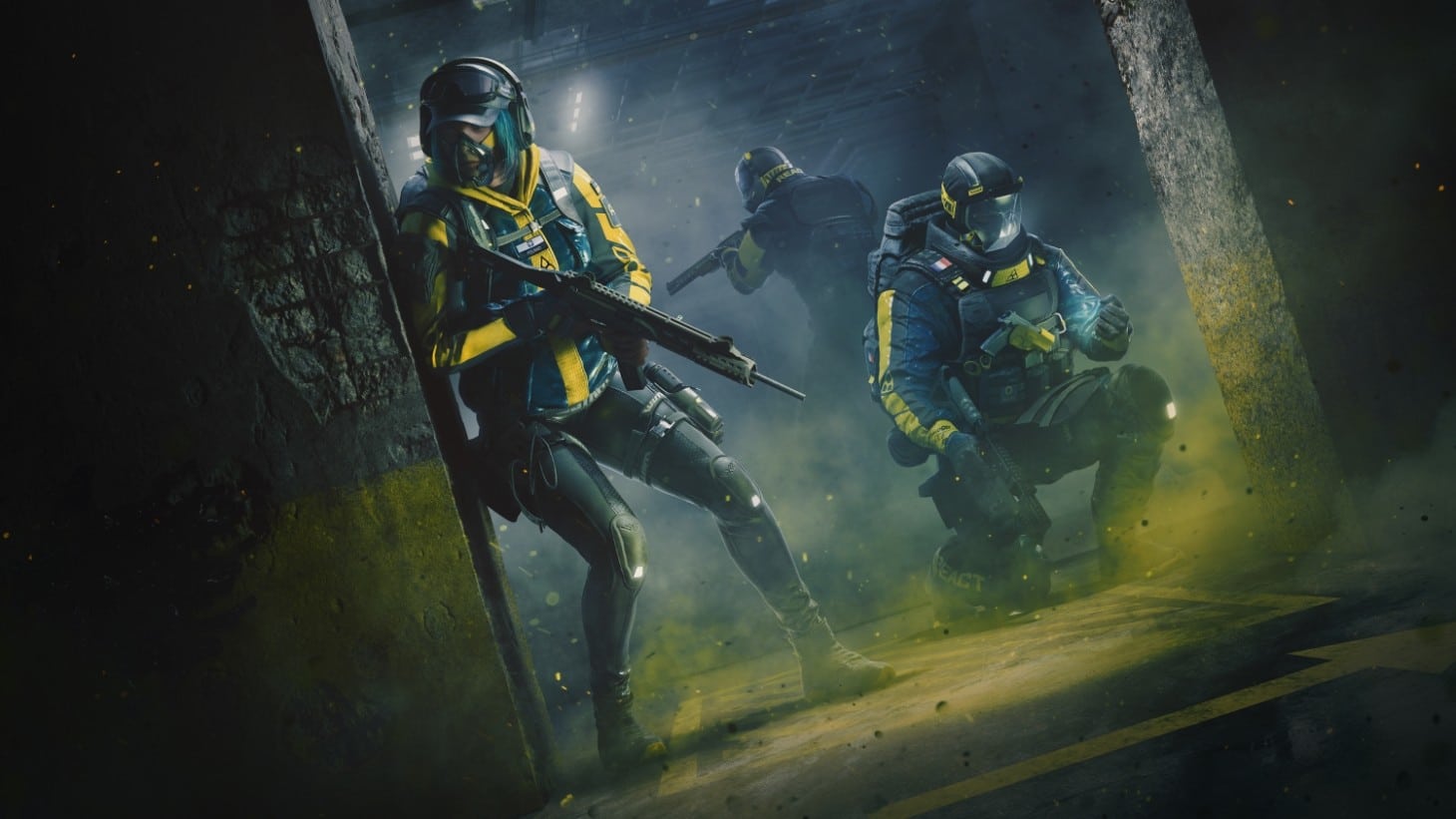

Team Rainbow is a counter-terrorist unit comprised of the world's foremost operatives. In successfully accomplishing this, Siege abandoned almost any form of narrative. One of the goals for Ubisoft in developing Rainbow Six Siege was to break into the esports scene. Many have been questioning the necessity of a game that at a glance seems derivative of Siege and its short-lived game mode, but Extraction manages to set itself apart despite inheriting most of its separate elements. In the lead-up to the game's launch, which included a significant delay, it seemingly hasn't generated much excitement. Siege's long-lasting success made it even odder when the next Rainbow Six title was announced to be Quarantine (the name was later changed to Rainbow Six Extraction), an entire game based on a limited-time Siege game mode called Outbreak.
#TOM CLANCY RAINBOW SIX EXTRACTION SERIES#
Though many have likely been hoping Rainbow Six would eventually return to its single-player focus after Siege, the series had seemingly found a new calling as a highly competitive shooter. Related: Rainbow Six Extraction Further Proves Ubisoft Doesn't Know What Fans Want Siege's lasting success after a tepid launch is a testament to the potential of live service games, and the announcement of Extraction as a direct follow-up was met with some uncertainty. Seven years later, Siege is a game with a wildly complex meta-game, with 62 Operators all in possession of a unique ability, and a series of intricately designed maps. Instead of a single-player campaign revolving around the fictitious counter-terrorism unit, Siege was almost singularly focused on competitive multiplayer.


In early 2015, Rainbow Six Siege launched and took the long-running Tom Clancy's series in a somewhat bold new direction.


 0 kommentar(er)
0 kommentar(er)
